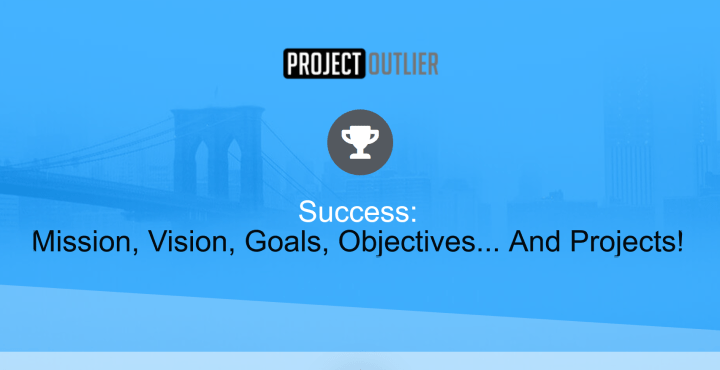Why Conflict is Good for your Project By Dave Coddington When I was a younger project manager, I strove for […]
Currently browsing: Tips
Success: Mission, Vision, Goals, Objectives…and Projects!
Success: Mission, Vision, Goals, Objectives… And Projects! By Dave Coddington When it comes to success, there’s lots of talk about mission […]
What is a Project Manager?
What is a Project Manager? By Dave Coddington A project is something that you plan and do, usually in a series […]
The Five Stages of Every Project
The Five Stages Of Every Project By Dave Coddington According to the Project Management Institute, there are five stages or […]
What is an Outlier?
“Outlier” is a scientific term to describe things or phenomena that lie outside normal experience. In the summer, in Paris, we expect most days to be somewhere between warm and very hot. But imagine if you had a day in the middle of August where the temperature fell below freezing. That day would be outlier. And while we have a very good understanding of why summer days in Paris are warm or hot, we know a good deal less about why a summer day in Paris might be freezing cold. In this book [Outliers] I’m interested in people who are outliers—in men and women who, for one reason or another, are so accomplished and so extraordinary and so outside of ordinary experience that they are as puzzling to the rest of us as a cold day in August.”




